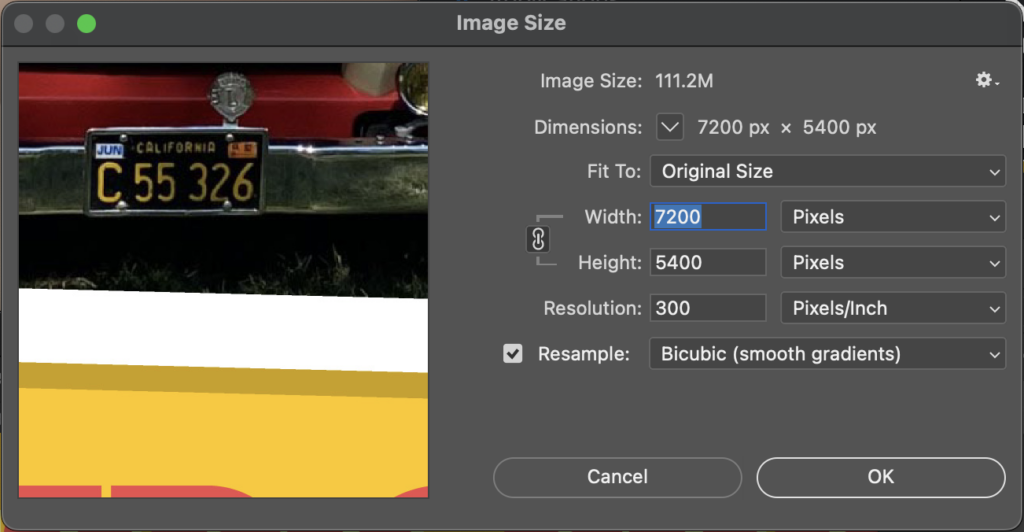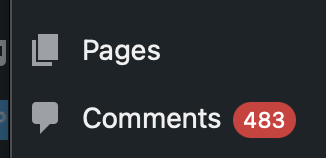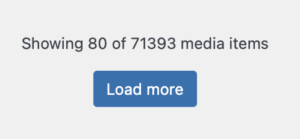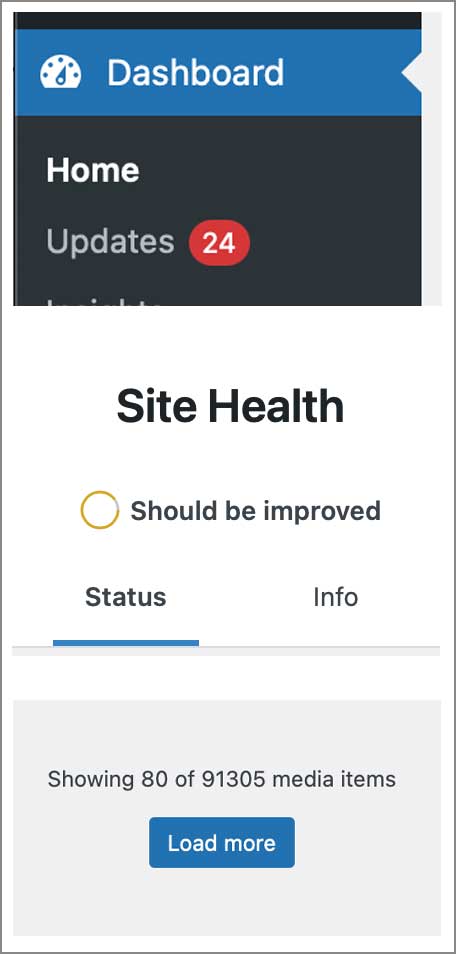Let’s get one thing straight: website accessibility isn’t just about compliance. It’s about people.
Real people. With different devices, different abilities, different ways of navigating the web—and every single one of them deserves a site that doesn’t make them want to chuck their phone out the window.
At RPS, we don’t just optimize for speed and SEO. We care about making the web better—and that includes making it usable for everyone.
So, What Is Website Accessibility?
Accessibility means your site can be used by all people, including those with visual, auditory, motor, or cognitive impairments. That includes:
- Screen reader users
- Keyboard-only users
- People with color blindness or low vision
- Folks who need more time or clearer navigation
It’s not just about building for “them.” It’s about building better for everyone.
Here’s the Big Misconception
A lot of businesses think accessibility means slapping an ADA plugin in the footer and calling it a day.
Spoiler alert: It’s not.
(And those plugins? Often a band-aid. Sometimes a lawsuit magnet.)
Accessibility Is Performance
Did you know that many accessibility improvements also improve your site’s speed and SEO?
- Using proper HTML headings = better for screen readers and search engines
- Image alt text = helpful for vision-impaired users and Google indexing
- Clear navigation = helpful for motor-impaired users and bounce rates
- Faster load time = better for everyone (especially those on mobile or assistive tech)
It’s all connected. Fixing accessibility often means you’re also creating a smoother, faster, and more user-friendly site. Win-win.
Common Accessibility Issues We See All. The. Time.

Here’s a quick list of things we (lovingly) roast in audits:
- Missing or duplicate <h1> tags
- Buttons with no labels (looking at you, hamburger menus)
- Text with terrible contrast ratios (grey-on-grey crime scenes)
- Forms that can’t be submitted with a keyboard
- Images with no alt text
- No skip links or accessible navigation paths
Accessible Design Is Better Design
Here’s the thing: when you build with accessibility in mind, everyone benefits.
- Your site is easier to navigate
- Your bounce rate goes down
- Your conversions go up
- You avoid legal risk (yep, that too)
Oh—and your site won’t feel like it was built in 2010 by a guy named Jeff who only tested it on a single desktop browser.
Want Help Making Your Site More Accessible?
We’re not here to shame. We’re here to help you fix what matters—so your site works for more people, loads faster, ranks higher, and leaves a better impression.
Let’s make the web a little more human—together.












